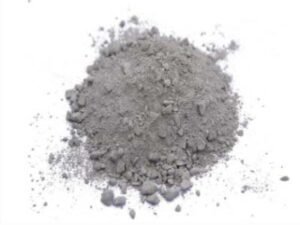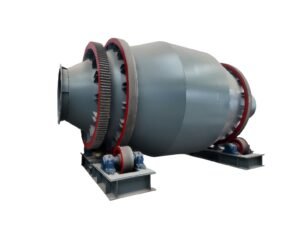Corundum castables are monolithic refractory materials made primarily of corundum. Due to their high strength, high-temperature resistance, and corrosion resistance, they are widely used in key areas of high-temperature industrial furnaces.

1. Metallurgical Industry: Core High-Temperature Load-Bearing Areas
The metallurgical industry is the primary application area for corundum castables, particularly suited to high-temperature, highly corrosive environments.
Steelmaking: Used in the tapholes and slag lines of converters and electric furnaces, as well as in the linings and surrounding areas of ladle air bricks. These areas must withstand molten steel erosion, high-temperature oxidation, and slag corrosion. So the high density and wear resistance of corundum castables effectively extend their service life.

Non-ferrous Metallurgy: Suitable for the side walls of aluminum electrolytic cells and the linings of zinc smelting shaft kilns. They resist corrosion from molten metal and electrolytes, ensuring stable equipment operation.
2. Building Materials Industry: High-Temperature Kiln Linings and Structural Components
In high-temperature kilns used in building materials production, corundum castables are primarily used in critical areas that withstand high loads and material erosion.
Cement Industry: Used in the transition zone of cement rotary kilns, the cone of precalciners, and the lining of high-temperature pipes in preheaters. It resists gas erosion and material abrasion generated by the decomposition of cement raw materials.
Glass Industry: Used in the regenerator lattice and around the feed port of glass melting furnaces.And it withstands erosion from molten glass and frequent temperature fluctuations.
3. Power and Petrochemical Industries: Refractory Lining for High-Temperature Equipment
High-temperature equipment in these industries requires extremely high refractory stability and safety, making corundum castables a key choice.
Power Industry: Used in cyclone separator linings and furnace water-cooled wall coverings in circulating fluidized bed boilers. It resists high-temperature flue gas erosion and particle abrasion, reducing equipment maintenance frequency.
Petrochemical Industry: Used in reactor and regenerator linings in catalytic cracking units, as well as in furnace tube supports. It withstands the corrosive gases and high temperatures generated by oil and gas cracking.
